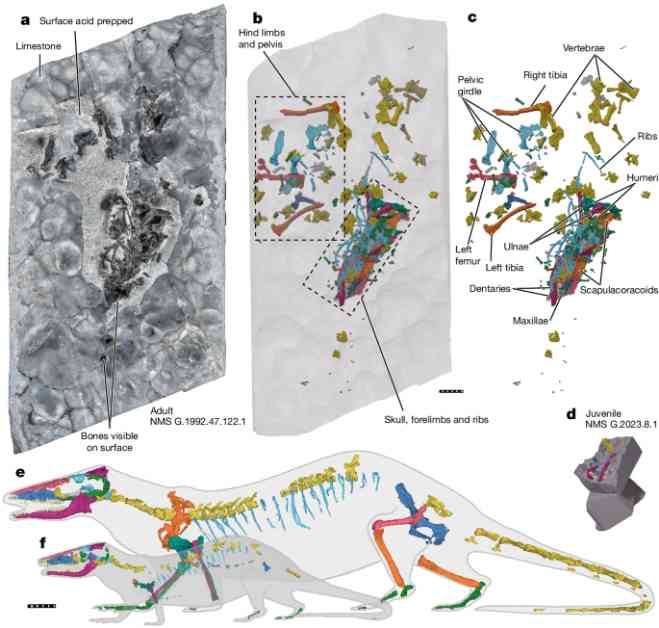Prolonged Life History in Early Mammals Revealed Through Jurassic Fossil Juvenile
A recent study published in Nature has shed light on the prolonged life history of early mammals through the analysis of a juvenile Jurassic fossil. The study, led by Elsa Panciroli and her team from the National Museums Scotland and other institutions, provides valuable insights into the growth patterns and life histories of ancient mammal species.
The research utilized advanced imaging techniques, including CT and PPC-SRµCT, to analyze the fossil specimens. The datasets generated from these analyses are available in the MorphoSource repository for further study. Additionally, the study employed existing R code scripts for data analysis, which are also accessible for review.
By examining the dental cementum increments and body mass scaling relationships, the researchers were able to reconstruct the growth patterns and life histories of early mammals. This information contributes to our understanding of the evolutionary development of mammals and provides important insights into their biology.
References to previous studies on mammalian size, life history, and ecology were also included in the research. These references help contextualize the findings of the current study within the broader field of mammalian evolution.
Overall, this study offers a comprehensive analysis of the life history of early mammals based on a juvenile Jurassic fossil. The results provide valuable information about the growth patterns, development, and evolutionary adaptations of ancient mammal species. This research contributes to our understanding of the diverse strategies employed by mammals to thrive in different environments throughout history.












